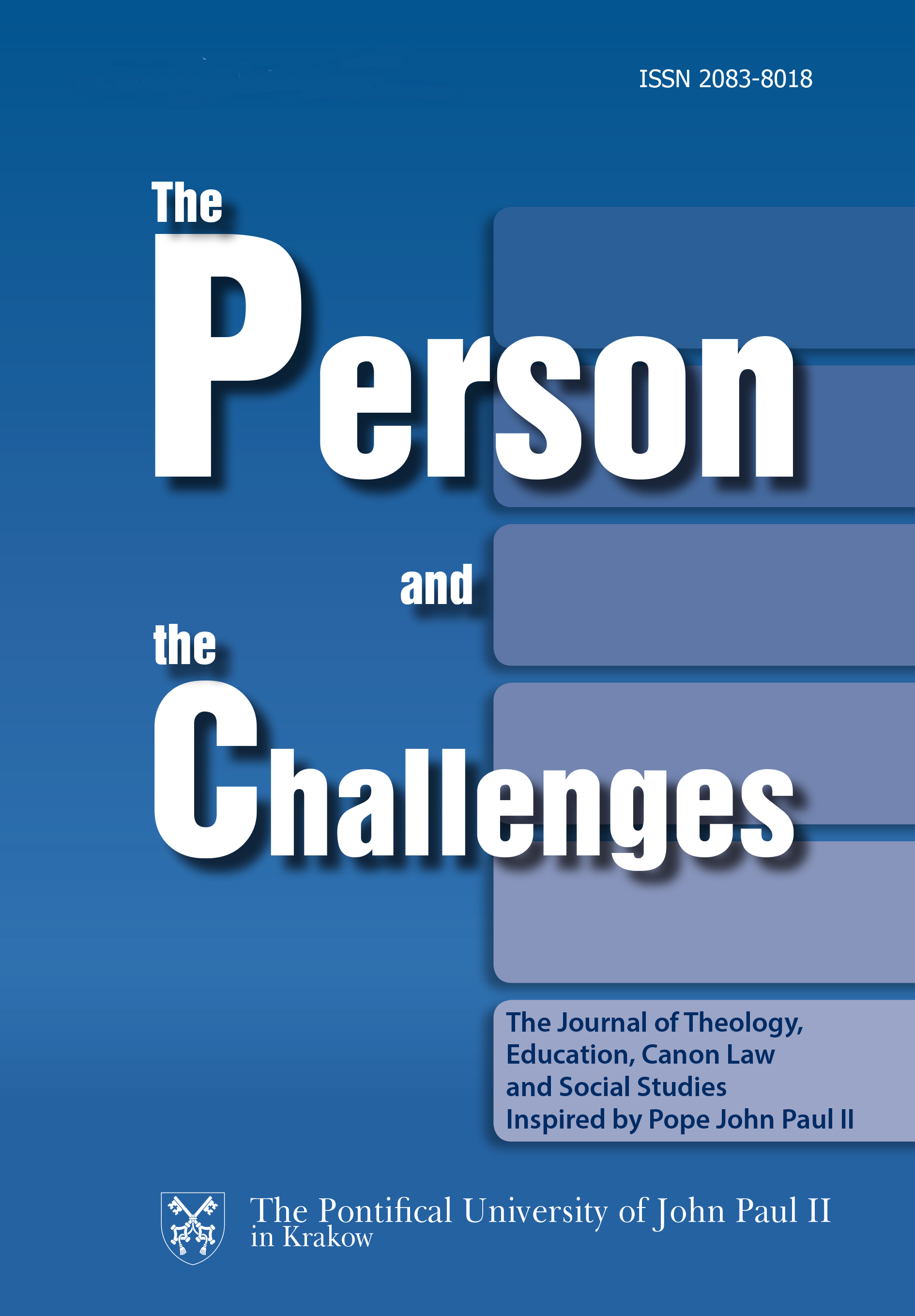Grand Illusion? The Phenomenon of Jewish Life in Poland
after the Holocaust in Lower Silesia
Grand Illusion? The Phenomenon of Jewish Life in Poland
after the Holocaust in Lower Silesia
Author(s): Agnieszka IlwickaSubject(s): Jewish studies, Interwar Period (1920 - 1939), WW II and following years (1940 - 1949)
Published by: Wydawnictwo Naukowe Uniwersytetu Papieskiego Jana Pawła II w Krakowie
Keywords: Polish Jews; German Jews; communism; Holocaust; survivors of the Holocaust; Lower Silesia; Poland; Jacob Egit
Summary/Abstract: The Jewish Life in Poland inLower Silesia began with the end of World War II. Survivors from the local concentration camp in Gross Rosen created the first Jewish committee and, with German Jewish survivors, started a new chapter in the post war history of Lower Silesia. The fact that only 10% of the Jews from the whole population overcame the extermination should be borne in mind. There is a related branch of research that seeks to determine how long Jewish life continued in Europe, where and under what conditions. In the last few years, we have become aware of the extent to which Jews actually built new possibilities after World War II in Poland, 1945–1968. In fact, the prevailing popular image of post–war Jewry is a simplistic one that divides the Jewish population into basic groups: the assimilated Jews of Russia; the “Jewish Jews” of Poland and other western areas, annexed to the Soviet Union, who sought to preserve at least some aspects of Yiddishkayt (Jewishness); and the traditional Jews, who remained devout.In the period of 1945–1950, the Jews created the most important center of Jewish Life in Europe, in terms of culture, industry, education and intellectual life. A stabilization period of the Jewish settlement began with the autumn of 1946. The softening of emigration rules and the closure of the Polish borders in the winter of 1947 helped Jews fully concentrate on the Jewish life in Poland. At that time, political, social, economic and cultural activities continued to be carried out on a large scale. In 1946, 16,960 Jews were registered in Wrocław. With the change of the policy towards the Jewish community by the communist government of Poland, the Jewish settlement in Wrocław slowed down and eventually, at the beginning of the 70’s, Jewish life in the Lower Silesia disappeared from the cultural map of the local landscapes.Even though some of the Jewish settlers remained in the Lower Silesia to continue Jewish life in this territory, the community never became as strong and influential as it was at the beginning of the settlement.
- Issue Year: 4/2014
- Issue No: 2
- Page Range: 97-125
- Page Count: 29
- Language: English

